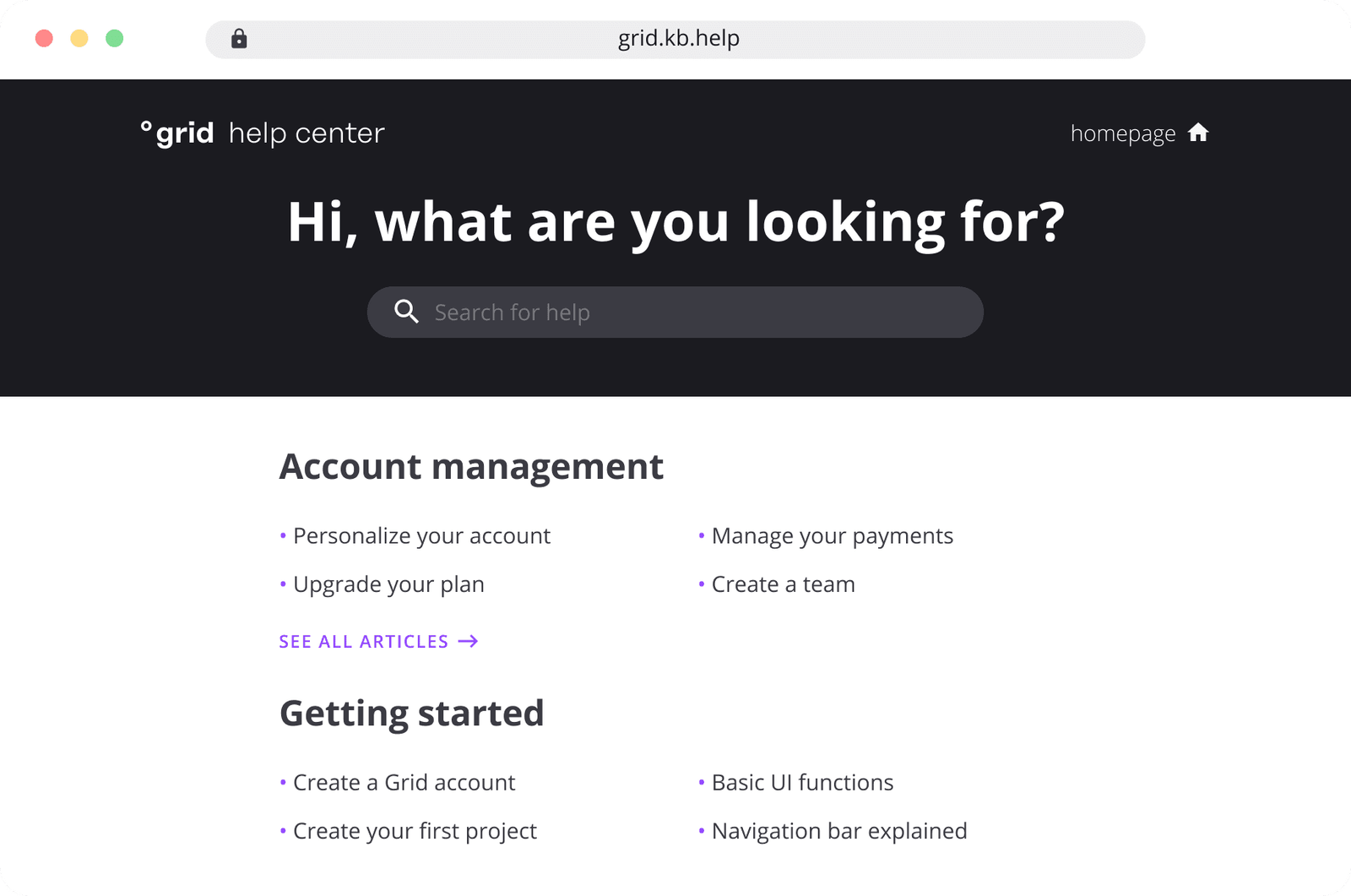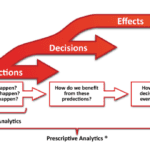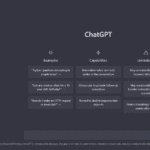Too often, customer service call centers are overwhelmed by the sheer volume of calls they receive. This can lead to long wait times, frustrated customers, and, ultimately, lost business.
1. Use self-service channels to allow customers to help themselves
One way to address it is to leverage customer self-service options. By providing customers access to helpful information and easy-to-use tools, they can better serve themselves without contacting a call center representative. Self-service portals, online chatbots, FAQs and knowledge bases, and virtual assistants are all examples of customer self-service options that can reduce call center demand. By investing in these technologies, companies can free their representatives to focus on more complex tasks and inquiries. Additionally, customers may find these tools much simpler to use than explaining their issue to a representative, allowing them to quickly get the answers and solutions they need. Self-service options can be further optimized by utilizing analytics to understand customer behaviors and preferences, which can help create a more personalized experience for customers and reduce the number of calls coming into the call center. Ultimately, leveraging customer self-service options effectively reduces call center demand and ensures a better customer experience.
2. Automate routine tasks to free up customer service reps’ time
In any customer service operation, efficiency is critical. The goal is to resolve customer issues as quickly and efficiently as possible, with as little effort on the part of the customer as possible. One way to achieve this is to automate routine tasks that customer service reps (CSRs) typically handle. This can free up their time so that they can focus on more complex issues, and it can also help to improve customer satisfaction by reducing wait times. In addition, automating tasks through chatbots and canned responses can also help to ensure that issues are handled consistently and in accordance with company policies. In short, automating routine tasks is an essential part of providing excellent customer service.
3. OFFER alternative communication channels
Live chat has become an essential customer service tool. It allows customers to get their questions answered quickly and efficiently without waiting for the phone or sending an email. A customer rep can handle multiple live chats simultaneously, which is a clear benefit of this support channel. As a result, live chat can save businesses both time and money. Companies can encourage more customers to use live chat by highlighting the benefits and saving them time and money.
This can help reduce customer frustration and increase satisfaction with your business. Additionally, live chat support is cost-effective as it eliminates the need to hire additional customer service staff and provides detailed data on customer interactions that can be used for marketing initiatives. With live chat support, businesses are better able to respond to customer queries immediately and address any issues quickly and efficiently. This leads to improved customer relationships and a more robust overall connection with your customers.
4. Invest in Analytics & Demand Planning
One of the critical benefits of predicting call center demand is that it can enable businesses to improve their customer service. By anticipating significant changes in call volume, organizations can more effectively manage staffing levels and ensure that they have enough resources at peak times. This can help ensure that customers have a positive experience, with helpful and knowledgeable agents available when they need help. Additionally, predicting call center demand can help businesses reduce costs by enabling them to adjust staffing levels when needed and avoid unnecessary overtime or hiring additional staff.
Organizations must collect data from various sources to predict call center demand effectively. This includes past customer service data such as average wait times and the number of calls handled per hour. Other important information to consider is external factors such as seasonal events, holidays, or changes in the marketplace. Companies should also consider customer feedback from surveys and other sources, and demographic data that may impact call volume.
Once data is collected and analyzed, organizations should use predictive analytics to create a forecasting model to help them anticipate changes in call center demand. This model should be regularly monitored and adjusted to remain accurate and up-to-date. By leveraging predictive analytics, businesses can create more precise call volume forecasts and proactively manage their customer service resources. As a result, organizations can provide a better customer experience while managing costs more effectively with the right strategies.
Overall, creating an effective strategy to reduce call center demand requires a combination of tactics and technologies. By making sure all customer channels are functioning correctly, utilizing automation where possible, investing in staff training, leveraging customer feedback and insights to plan for demand, and providing customers with self-service options, companies can improve their customer service processes and reduce costs all great examples of ways to reduce call center demand. By investing in these processes, companies can free up their representatives to focus on more complex tasks and inquiries while providing customers with the tools they need to solve their problems quickly. With these strategies, companies can effectively reduce call center demand and improve customer satisfaction.












